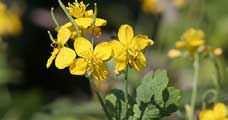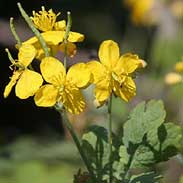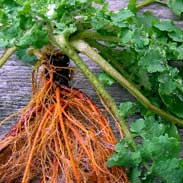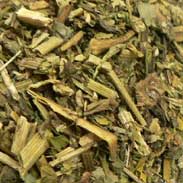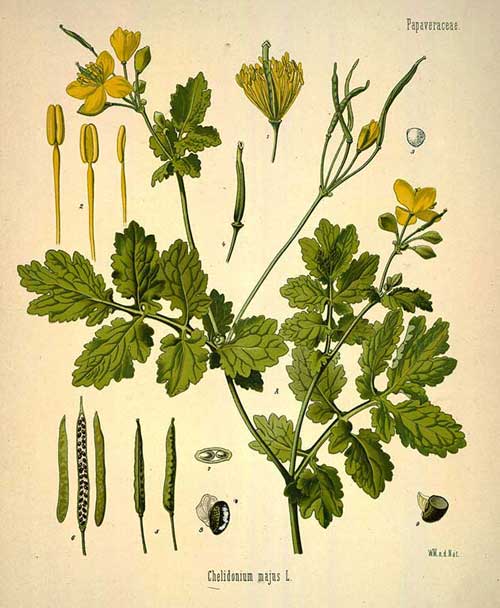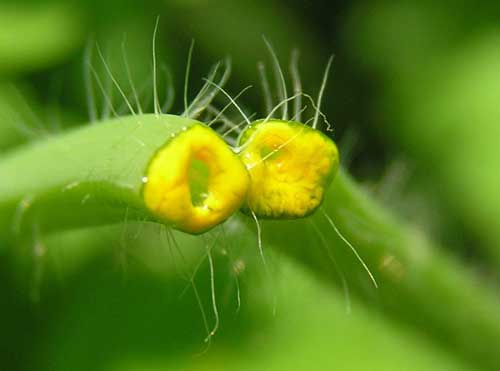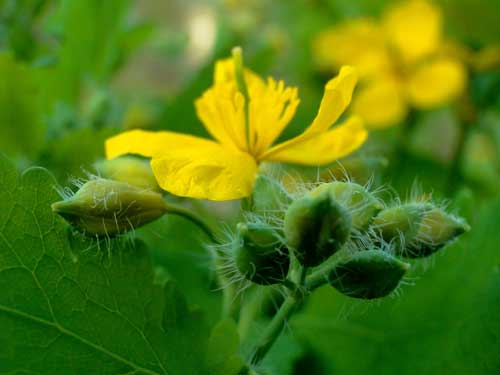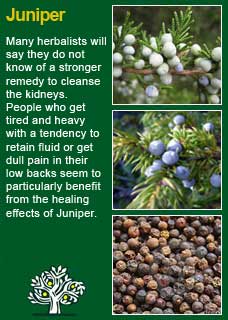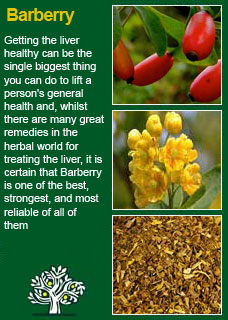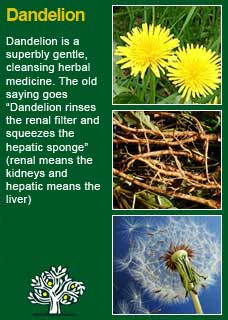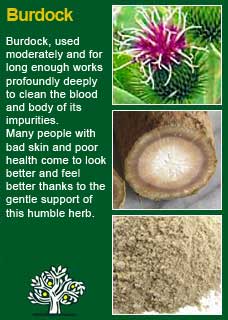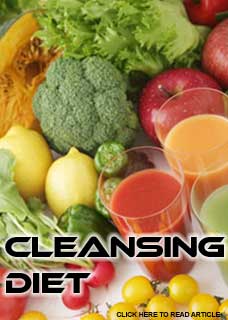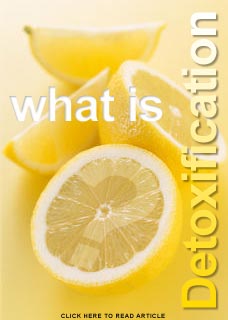
|
|
||||
| Our Pages ABOUT CONSTITUTIONAL MEDICINE
|
In herbal medicine, we use the leaves and flowers of Celandine, a long–lived plant related to the Poppy family that grows erect, slender branching stems. The flowers of Celandine are small and distinctive and the sap of the stems is an intense yellow and gives a hint to just how potent a herb this is.
In Russia and the Baltic States Celandine is known as ‘chistotel bolshoy’, chistotel meaning cleansing and bolshoy meaning very strong. Hispanic cultures use Celandine for liver disease, indigestion, gall bladder complaints, hepatitis, eczema and other chronic skin problems. Celandine is widely used in Asian herbal medicine as a natural anti-inflammatory and detoxifying medicine, also for bronchitis and whooping cough. European documents going back to the middle ages show Celandine being used to cleanse the blood, cure jaundice and to treat gallstones and indigestion. (M. Grieve writes it is mentioned by Pliny, to whom we owe the tradition that it is called Chelidonium from the Greek chelidon (a swallow), because it comes into flower when the swallows arrive and fades at their departure. It is an alterative & diuretic and is used in jaundice, eczema, scrofulous diseases, etc., Celandine is a very popular medicine in Russia, where it is said to have proved effective in cases of cancer. H Felter writes 'Chelidonium is one of the best remedies for biliary catarrh resulting from hepatic (liver) congestion and for jaundice occasioned by swelling of the bile ducts, as a result of subacute inflammation. The best guide to its use is the tenderness and tensive or throbbing pain of the upper abdomen with dull pains extending to beneath the right shoulder blade. The skin and membranes have the usual appearance of hepatic obstruction, the stools are clay-colored, the urine cloudy and pale. Sometimes there is edema (fluid retention) of the extremities. Under these conditions we have seen Chelidonium clear up distressing conditions and prolong the intervals between attacks of gall-stone colic. In one severe case of gall-stone colic, which was but a repetition of many preceding ones, no other attacks followed the use of chelidonium, the patient being under observation for many years, and occasionally taking a dose of the medicine' Finlay Ellingwood writes 'Chelidonium was used thirty years ago with eminent success in the treatment of biliary calculi (gall stones) It is now in use for that purpose among many physicians, who consider it superior to any other agent known in preventing their formation. Its influence upon the functional activity of the liver induces a thinner and more profuse secretion of the bile, and it is thus useful in promoting the expulsion of gall stones. It is available also in simple biliousness, hepatic congestion, acute or sub-acute inflammation of the liver, jaundice, due to catarrhal conditions of the ducts, or when fluid retention depends upon hepatic trouble. When migraine or supraorbital neuralgia depend upon hepatic difficulties this remedy is indicated.. Scudder, who conceived a very favourable opinion of this remedy, favoured the use of small doses of Celandine where the tongue was somewhat pallid and enlarged and the skin sallow or full. Migraine, bilious headaches, supraorbital neuralgia, bilious dyspepsia and other gastric and intestinal disturbances due to faulty action of the liver are well treated with it' Rudolph Weiss writes 'Celandine can be of very great therapeutic value in the hands of an experienced herbalist. Due to the mild sedative, cholagogue (promoting the discharge of bile) and choleretic (increasing the volume of the bile) and spasmolytic (spasm reducing) actions, Celandine can be used to treat spasmodic conditions in the gastrointestinal tract, including the gallbladder and bile ducts' The British Herbal Pharmacopoeia (BHP) describes Celandine actions as spasmolytic, cholagogue & diuretic and says it is indicated for gall stones and inflammation of the gallbladder. The BHP recommends it combines well with Barberry and/or Dandelion in gallbladder disease and suggests doses of 1-4mls of the liquid extract or tincture.
~ In a controlled trial Celandine showed good to very good results in over two thirds of patients treated for cholangitis (infection of the bile duct) inflammation of the gallbladder with gallstones and inflammation of the gall bladder without gall stones. The daily dose was 3 mls of a fresh plant tincture. (Neumann-Mangoldt P. Med Welt 1977;28(4):181-185) ~ Celandine along with the herb St Mary's thistle was shown to increase bile flow and secretions from the pancreas in a placebo-controlled trial. (Baumann JC, Heintze K, Muth HW. Arzneim-Forsch 1971;21(1):98-101) ~ Celandine extract had an 80% success rate in treating patients with chronic bronchitis and Celandine syrup cured 71% and improved a further 23% of 500 cases of whooping cough in infants and children. (Chang HM, But PP. Pharmacology and applications of Chinese materia medica, vol 1, World Scientific, Singapore, 1987 pp 390-394) ~ A decoction of Celandine was taken for two weeks by patients with squamous cell carcinoma of the oesophagus and it was found to cause significant degeneration of the cancerous tissue. This particular trial compared Celandine by itself as well as against and with the drug cyclophosphamide and with 'controls'. and the degeneration of the cancer was found to be best with the herb by itself. (Staniszewski A, Slesak b, Kolodzief J et al.Drugs Exp Clin Res 1992; 18(suppl):63-67) ~ Laboratory studies have shown that Celandine extract decreased experimentally induced liver injury indicating that it has a protective action for the liver. In other laboratory studies Celandine was shown to inhibit the proliferation of human keratinocytes showing it may have an application for psoriasis. Lastly oral administration of Celandine significantly reduced stomach tumour in experimental models. ~ The authors, titles and the 'where-and-when' published of nearly 200 further studies and articles on Celandine are listed in a PDF found here
Celandine has strong effects on the liver therefore, theoretically as there are no reports in the literature of adverse reactions, concomitant use with other potentially hepatotoxic drugs might increase the risk of developing liver damage. Some of these drugs include acarbose (Precose, Prandase), amiodarone (Cordarone), atorvastatin (Lipitor), azathioprine (Imuran), carbamazepine (Tegretol), cerivastatin (Baycol), diclofenac (Voltaren), felbamate (Felbatol), fenofibrate (TriCor), fluvastatin (Lescol), gemfibrozil (Lopid), isoniazid, itraconazole, (Sporanox), ketoconazole (Nizoral), leflunomide (Arava), lovastatin (Mevacor), methotrexate (Rheumatrex), nevirapine (Viramune), niacin, nitrofurantoin (Macrodantin), pioglitazone (Actos), pravastatin (Pravachol), pyrazinamide, rifampin (Rifadin), ritonavir (Norvir), rosiglitazone (Avandia), simvastatin (Zocor), tacrine (Cognex), tamoxifen, terbinafine (Lamisil), valproic acid, and zileuton (Zyflo) Preliminary clinical research suggests that taking Celandine can stimulate the immune response therefore again theoretically, it might decrease the effects of immunosuppressive therapy including such drugs as azathioprine (Imuran), basiliximab (Simulect), cyclosporine (Neoral, Sandimmune), daclizumab (Zenapax), muromonab-CD3 (OKT3, Orthoclone OKT3), mycophenolate (CellCept), tacrolimus (FK506, Prograf), sirolimus (Rapamune), prednisone (Deltasone, Orasone), and other corticosteroids (glucocorticoids) (Staniszewski, A., Slesak, B., Kolodziej, J., Harlozinska-Szmyrka, A., and Nowicky, J. W. Lymphocyte subsets in patients with lung cancer treated with thiophosphoric acid alkaloid derivatives from Chelidonium majus L. (Ukrain). Drugs Exp.Clin Res 1992;18 Suppl:63-67)
For some years now, against this proven and safe way of herbalism, there has been a rising tide of excessive caution and scare-mongering in many parts of the world. The same authorities that, not so long ago, decried herbal medicines as ineffectual, have now taken up a different adversarial position; that they are dangerous substances that should only be prescribed by Doctors, who of course have zero training in them. Unfortunately, the same unnecessary fear and worry has crept into many natural health websites and popular publications on herbs. Herbs that we have safely used for thousands of years, that have no reports of adverse reactions in the medical literature despite widespread use by millions of people, are suddenly described as contraindicated because of something that should have been seen as completely unimportant, or at the utmost a merely theoretical concern, such as a laboratory study on one of the herb's constituents to use an all too common example. I wonder sometimes if the writers of such articles feel that the herb will be more deserving of respect if it is thought to be a little bit dangerous, in other words more like a drug than something that has simply come out of the earth and been used by ordinary people for generations beyond count. There is just so much misinformation about herbal medicine on the internet now. Ludicrous claims and cautions abound in equal measure; it seems like one group are trying to make money out of the public whilst the other are busily trying to scare them off. I have to believe that the kind of reader who takes the time to read pages on herbs that are as extensive as this one is much less likely to be swayed by marketers or misinformers. I hope that you will keep your wits about you if you get conflicting opinions from people who have never really got to know these herbs, who have never worked with them, or learned how to use them safely and effectively. I want to remind you that the reason that herbs can never be patented and owned by any individual or corporation is because they are, and always will be, the People's medicine. They belong to all of us and it is my great hope in sharing this work that you will learn how to use them wisely for yourself, and the people you care for. Be safe, but do not be afraid.
There are three key points to grasp if you will make use of this great herb. The first is that the quality and freshness of the starting material is vital. There is plenty of stale Celandine available in the herbal marketplace and the only good thing to say about that is that you can at least be sure it won't do you any harm, because it has lost most of its potency! The second key point is dosage. Too little will deliver an inadequate result, that will be obvious to anyone, but it is equally important not to use too much either. This is a medicine that, if used to excess can cause actual liver harm and the commercial products supplied to practitioners in Australia and New Zealand are legally obliged to carry a warning on their label warning to this affect! The length of time to use Celandine is equally crucial as getting the therapeutic dose right. Celandine is not the herb you just keep using month after month as that too would likely end in harm. For more on dosage and a detailed description of one method to carefully build up the dose of Celandine, you may like to look at, or even try if it is appropriate, the technique described here The third key point is that you have to keep the diet clean whilst using Celandine. So long as it is a fresh and potent medicine and the dosage is right then you are definitely going to get a cleansing reaction with this herb. If you are still eating a lot of junk food, excess sugar, excess alcohol etc. then there is a strong chance you will start reacting negatively to these foods as your liver becomes more activated. For details on what a 'clean diet' means, read here For anyone reading this who might be studying herbal medicine or who maybe just wants to deepen their understanding and relationship with these great plant allies then there is an ancient, rather excellent practice I encourage you to pick up whereby you take a small dose of Celandine tincture and then listen closely to your body's responses to it with a quiet and receptive mind. Celandine is not the most bitter herb in the world but it is certainly the gift that keeps giving in terms of its long, lingering, and rather challenging taste that sits in the back and sides of the mouth and keeps sending its signals long after you have swallowed it. If you do this and listen closely to your body and your intuition I am sure that you, like a great many others before you, will be able to feel for yourself just how remarkably a potent herb Celandine truly is. Further to this, if you would like to learn more about the ancient art of pulse testing, a simple but powerful way to ask the intuitive intelligence of the body for its responses to a herb by feeling the pulse whilst giving a tiny dose by mouth, read here Celandine combines particularly well with Juniper berry when one wants to convey a deep cleansing influence on the whole body via the liver and the kidneys simultaneously. Celandine also combines perfectly with other great liver and blood purifying herbs such as Barberry, Dandelion root and Burdock.
Much of the information here about the traditional uses of Celandine is consistent with the model of thinking whereby one may treat problem A with plant B. There is value in this approach, especially in how it helps us pass on useful knowledge to one another, but it falls short in one vital area; and that is that people are not all cut from the same cloth! Something that works brilliantly for one person may do less for another -- why is this? Part of the reason is that people vary in their constitutions as to whether they are either hotter or cooler and, at the same time, either dryer or damper. This useful and rather fascinating subject is introduced further here Another big part of using the right herb when it is most needed comes from understanding the need to treat what is going wrong for the person that had led up to their getting a health condition. In this light, Celandine can particularly offer its benefits when a potent cleansing action is needed in the 'cycle of healing', more about this here
Please understand that I cannot advise you, including on products or dosage, without seeing you in person in my clinic but for ideas
on how you might find a good herbalist in your area read here |
|
|
© 2011 R.J.Whelan Ltd
